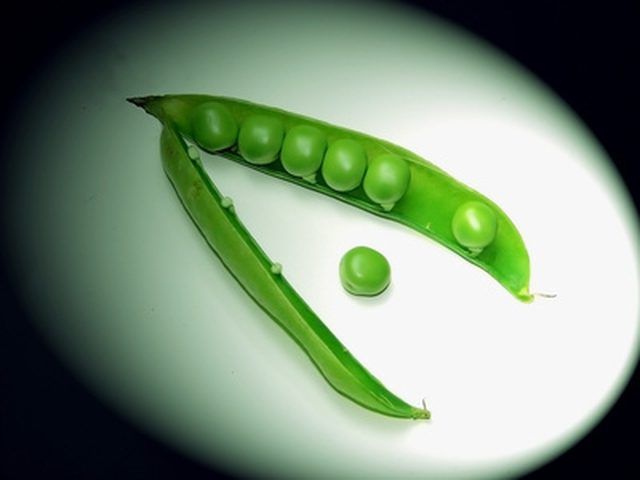Bulbs
Flower Basics
Flower Beds & Specialty Gardens
Flower Garden
Garden Furniture
Garden Gnomes
Garden Seeds
Garden Sheds
Garden Statues
Garden Tools & Supplies
Gardening Basics
Green & Organic
Groundcovers & Vines
Growing Annuals
Growing Basil
Growing Beans
Growing Berries
Growing Blueberries
Growing Cactus
Growing Corn
Growing Cotton
Growing Edibles
Growing Flowers
Growing Garlic
Growing Grapes
Growing Grass
Growing Herbs
Growing Jasmine
Growing Mint
Growing Mushrooms
Orchids
Growing Peanuts
Growing Perennials
Growing Plants
Growing Rosemary
Growing Roses
Growing Strawberries
Growing Sunflowers
Growing Thyme
Growing Tomatoes
Growing Tulips
Growing Vegetables
Herb Basics
Herb Garden
Indoor Growing
Landscaping Basics
Landscaping Patios
Landscaping Plants
Landscaping Shrubs
Landscaping Trees
Landscaping Walks & Pathways
Lawn Basics
Lawn Maintenance
Lawn Mowers
Lawn Ornaments
Lawn Planting
Lawn Tools
Outdoor Growing
Overall Landscape Planning
Pests, Weeds & Problems
Plant Basics
Rock Garden
Rose Garden
Shrubs
Soil
Specialty Gardens
Trees
Vegetable Garden
Yard Maintenance
Anatomy of a Pea Pod
Anatomy of a Pea Pod. Peas are legumes and belong to the Fabaceae family. Common edible peas include garden peas, sugar peas and snow peas. Mature pea pods develop within 50 to 70 days from planting and contain multiple peas, or ovules.

Peas are legumes and belong to the Fabaceae family. Common edible peas include garden peas, sugar peas and snow peas. Mature pea pods develop within 50 to 70 days from planting and contain multiple peas, or ovules.
Ovary Wall
The shell of the pea pod is the ovary wall. This protects the ovules and provides a safe environment for them to grow and mature. Pea pods are dehiscent, meaning they have a seam that runs along both sides that can split open.
Supporting Structures
The inside of a pea pod is known as the locule. Within the locule are small stems, called funiculi, which connect the ovules to the inner wall of the pea pod. Funiculi also deliver nutrients to the ovules.
Ovule
Pea pod ovules develop into seeds, or peas. The ovule contains the primary root, hypocotyl and plumule. These structures will eventually produce the first root of a new pea seedling and the first stem and leaves.